
Trustees Name Room in Honor of John Wesley Gilbert
The American School of Classical Studies at Athens is pleased to announce a gift from two anonymous trustees in support of the renovated Student Center. The trustees have named the John Wesley Gilbert Room, located on the first floor of the Annex, in honor of the esteemed scholar, linguist, teacher, community leader, missionary, and first African American student of the American School.
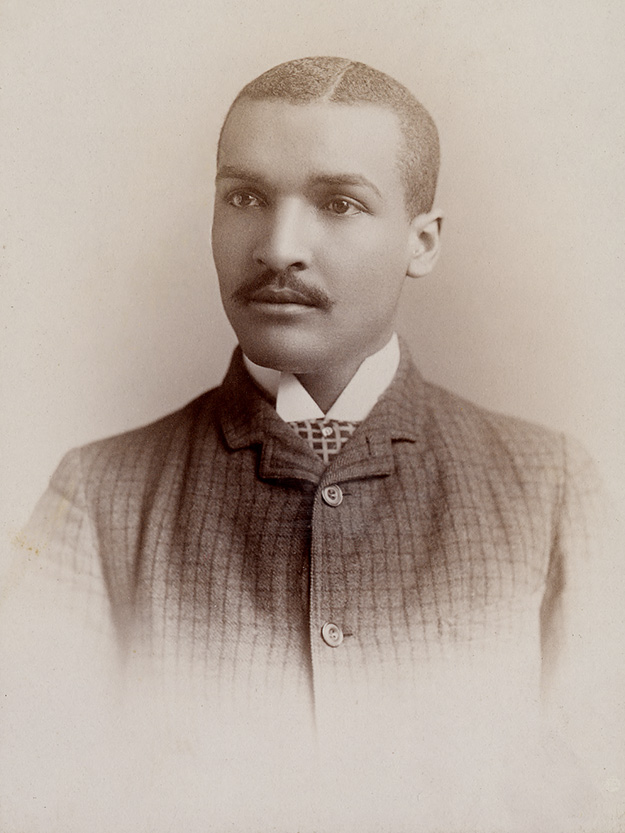
| John Wesley Gilbert, 1888 (photo courtesy of Brown Digital Repository, Brown University Library) |
Michele Valerie Ronnick, a Professor in the Department of Classical and Modern Languages, Literatures, and Cultures at Wayne State University and author and editor of books about William Sanders Scarborough, offered her insights: “In the 19th century, some people believed that the study of ancient Greek was beyond the intellectual capacity of persons of African descent. But along came a tsunami of change that began on January 1, 1863, when Abraham Lincoln used the Emancipation Proclamation to free millions of enslaved people—a decision he ‘sincerely believed to be an act of justice warranted by the constitution.’ From 1863 onward, thousands of the newly freed, their children, and grandchildren worked to link their physical freedom to the intellectual realm, and the race was on to learn everything in the curriculum of the white world, starting with Greek.”
“Entering the world in the fall of 1863 in Tennessee was Mary Church Terrell (1863–1954) who later recalled Matthew Arnold’s visit to her Greek classroom at Oberlin College during his first American tour (1883–1884) in these words: ‘While the famous poet looked on,’ she read and translated ‘an ancient Greek selection’ so well that Arnold was compelled to ‘admit that he had [mistakenly] thought that Black people’s tongues were too thick to pronounce ancient Greek properly.’”
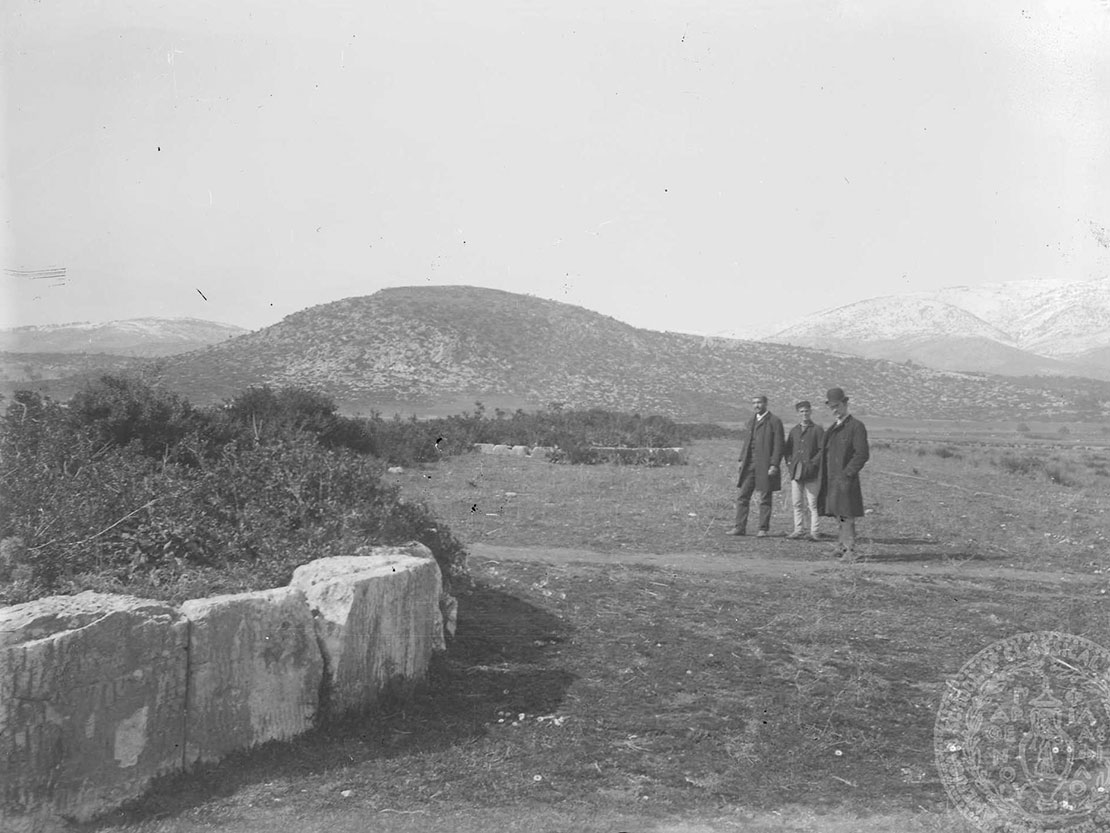
| John Wesley Gilbert, unknown Greek man, and John Pickard in Eretria, 1891 (photo courtesy of ASCSA Archives) |
“John Wesley Gilbert (1863–1923), born in Georgia two months before Mary Church Terrell, was also on the move, and through good fortune, inborn genius, and sheer determination, he earned an A.B. in ancient Greek from Brown University in 1888, making him one of the first Black scholars in the nation to earn a bachelor’s degree in classical studies. He then made history in 1890–1891 by becoming the first African American student to attend the American School of Classical Studies at Athens. For his archaeological work at Eretria and his thesis, ‘Demes of Attica’ (which was ‘highly recommended’ by his thesis directors), he was awarded an A.M. from Brown in 1891. As a professor at Paine College (Augusta, GA), Gilbert achieved national renown as a scholar, teacher, community leader, and missionary.”
“Gilbert’s unique achievement was quickly forgotten, however, as were those of men like William L. Bulkley, who earned his doctorate in Latin from Syracuse University in 1893 and Lewis Tanner Moore, who earned his doctorate from the University of Pennsylvania in 1896 for work on Sophocles. But Gilbert’s time has finally come. In June of 2020, the National Hellenic Museum in Chicago chose Gilbert as the first subject of its ‘Great Philhellenes’ series. And in June 2021 on the other side of the Atlantic, the American School has plans in place to commemorate Gilbert on its campus. Let us therefore pour forth our libations and doff our hats to the American School for honoring its long-lost alumnus, the worthy John Wesley Gilbert.”
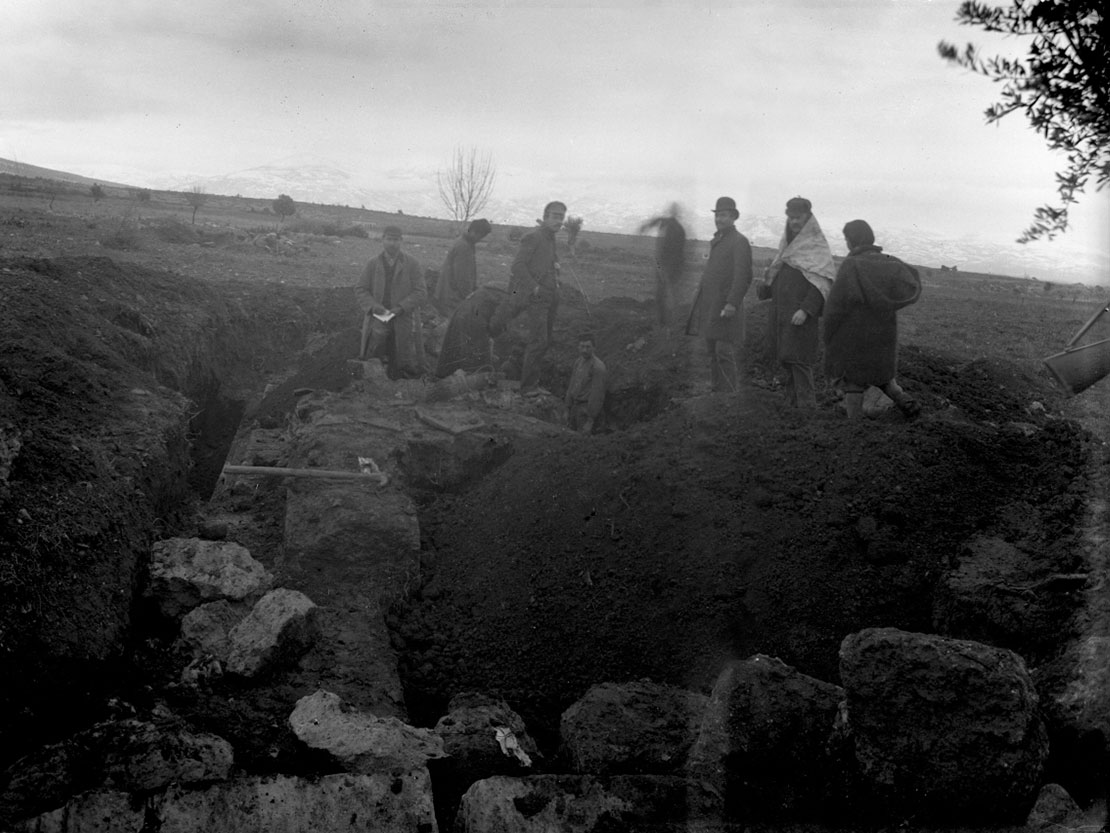
| Andrew Fossum, John Wesley Gilbert, and John Pickard excavating the erroneously named “tomb of Aristotle” at Eretria, 1891 (photo courtesy of ASCSA Archives) |
Mary Ann Eaverly, Professor and Chair of the Department of Classics at the University of Florida, said, “I am pleased that the American School is naming a room in the renovated Student Center for John Wesley Gilbert, the first African American scholar to attend the School. As a fellow African American classical archaeologist, I would like to say that I was inspired by his life, but, honestly, he was an unknown—or at least ignored—figure during my graduate studies and my time at the American School, as were the many other African Americans who studied and taught Classics. Such recognition is long overdue, and the School’s creation of the William Sanders Scarborough Fellowship to promote diversity encourages me to hope that this effort will not stop with the naming of a room.”
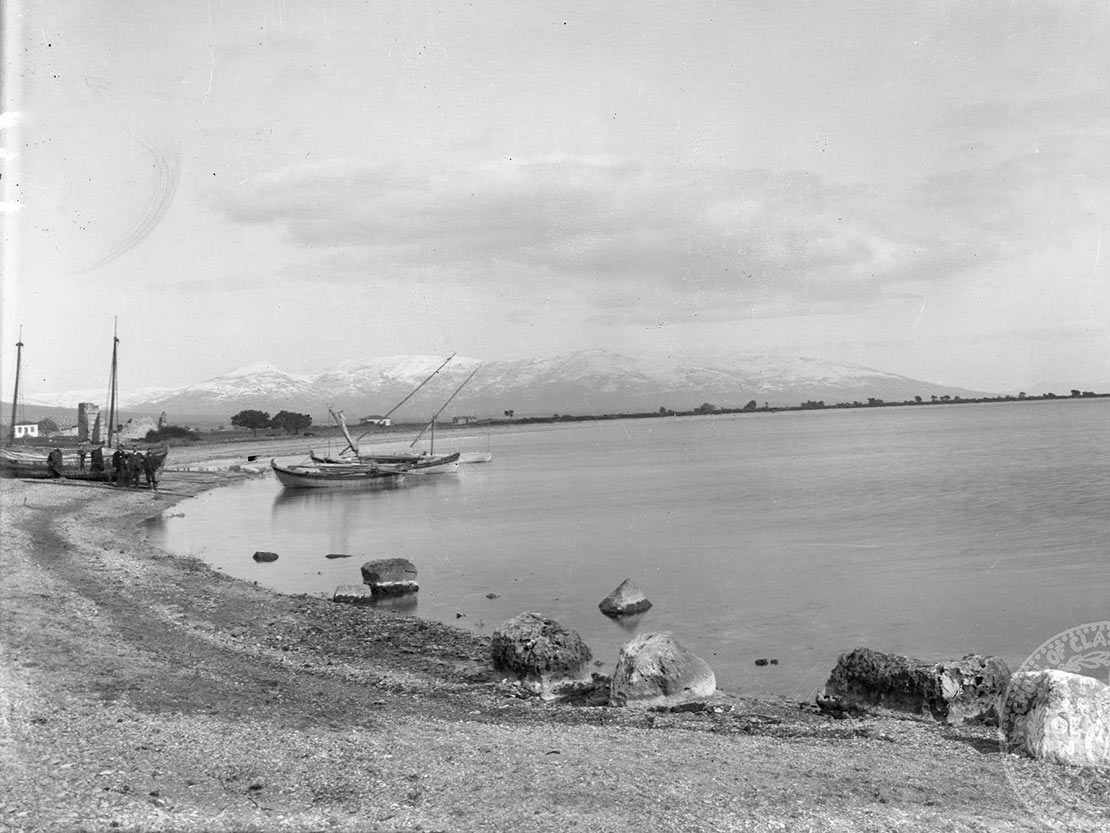
| Eretria Harbor, 1891 (photo courtesy of ASCSA Archives) |
Cheryl Evans Jones, President of Paine College, stated, “We at Paine College are indeed pleased that the legacy of John Wesley Gilbert, our first student, first graduate, and first Black faculty member, would be recognized by having a room at the new Student Center named after him. I hope this will inspire others to learn more about John Wesley Gilbert and encourage them to follow his legacy of excellence and achievement.”
Mark Lawall, Chair of the School’s Managing Committee, remarked, “The named rooms in the newly renovated Student Center honor many great women and men of the School’s past and offer inspiration to future generations. Such role models can deliver the implicit message to our students that people who shared similar backgrounds and perhaps even held similar specific interests achieved great success in the field of Classical Studies.”
“For a Black student, even today, Classical Studies does not offer much of a mirror for inspiration. The same is true for Indigenous students and other People of Color. But many scholars are working hard to change that. They are compiling bibliographies of work by Black scholars, searching out and bringing to light texts in Greek and Latin written by Indigenous students in the 18th century, writing biographies of Black Classicists, and reprinting long-forgotten works, among many other efforts. But most of all, they are working—far harder than I ever had to—to be visible and visibly successful in this academic field.”
“Over its long history, the American School has had relatively few role models to show to Black, Indigenous, and People of Color communities. There have been exceptions, like Mary Ann Eaverly, who has noted the inspiration she drew from her own great-grandfather, Robert Royster Greene, a professor of Greek and Latin. But there have been too many missed opportunities—some of the School’s own commission, others due to broader social forces.”
“Perhaps more than any other named room at the new Student Center, the John Wesley Gilbert Room will be a vitally important symbol to all of us. For the vast majority who pass through the School, the room will remind us of the work still to be done and of a history that is not as admirable as it should have been. For others, though, we hope that Gilbert’s success at the School and his later, very high-profile career will be a source of inspiration and encouragement.”
“Much work remains to be done to honor and live up to John Wesley Gilbert’s legacy. I take this opportunity to thank the Trustees not only for their donations that supported this particular commemoration but also for their support of the School’s efforts to become a force for positive change in the academy and society as a whole.”
MORE ABOUT JOHN WESLEY GILBERT
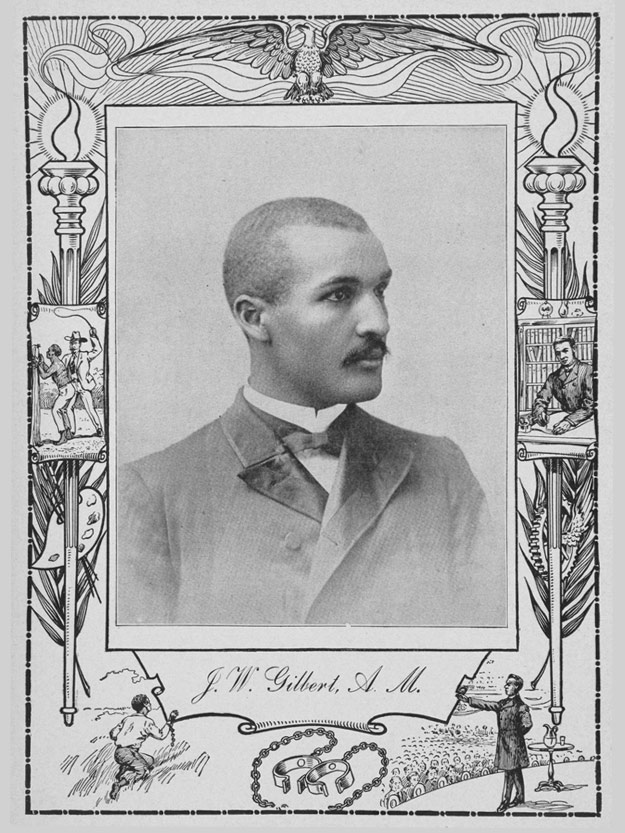
| John Wesley Gilbert (photo courtesy Daniel W. Culp, Twentieth Century Negro Literature [1902]) |
John W. I. Lee, Associate Professor of History at the University of California, Santa Barbara, and American School Managing Committee member, is currently completing a book about John Wesley Gilbert and provided the following information:
John Wesley Gilbert (1863–1923) has justly earned fame as “the first Black archaeologist.” Born into slavery in 1863 in rural Georgia, Gilbert took his early education in the segregated public schools of Augusta, Georgia. He studied at the Augusta Institute and Atlanta Baptist Seminary (ancestors of Morehouse College), at Paine Institute (today Paine College) in Augusta, and at Brown University in Providence, Rhode Island.
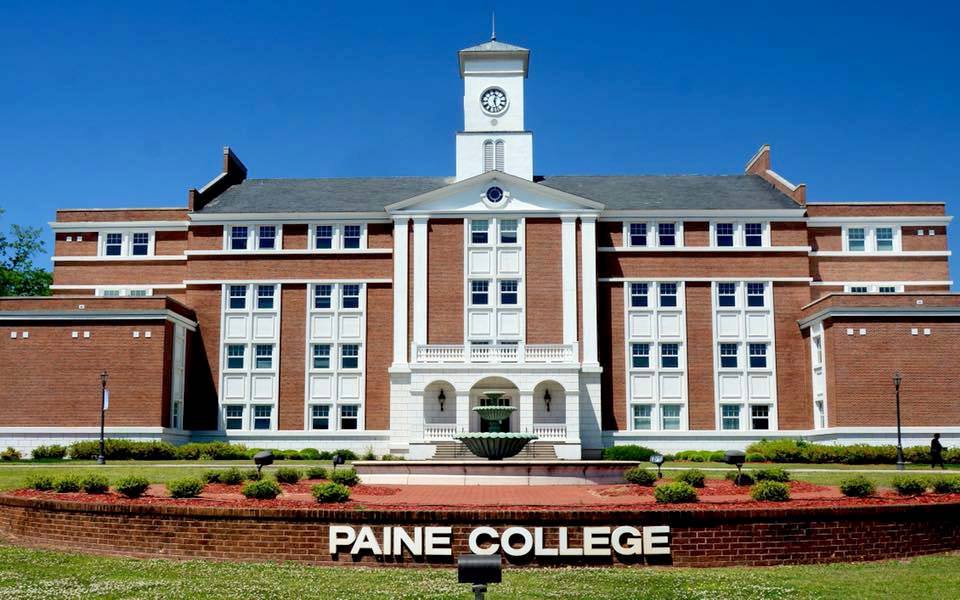
| Paine College (photo courtesy of Paine College) |
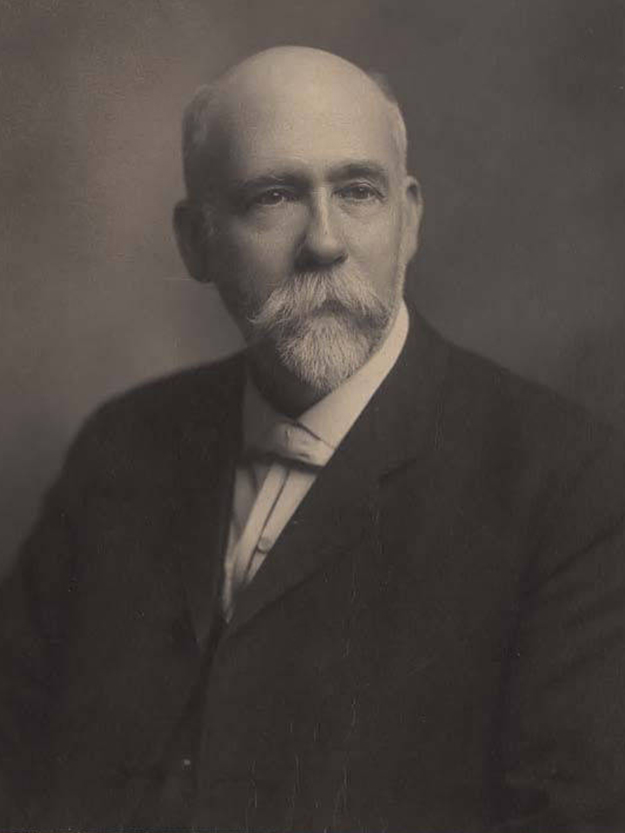
| George Williams Walker (photo courtesy of Collins-Callaway Library, Special Collections/Archives of Paine College) |
Paine Institute was jointly founded by the Colored Methodist Episcopal (today Christian Methodist Episcopal [CME]) Church and the white Methodist Episcopal Church South (MECS). MECS minister George Williams Walker, Paine’s president from 1884–1910, was Gilbert’s lifelong mentor and colleague. Channing Tobias, who studied with Gilbert and Walker at Paine and later rose to chair the National Association for the Advancement of Colored People (NAACP), remarked that Walker “believed in a single standard of citizenship and in the sacredness of all personality, white and black.” When Walker died in 1911, Gilbert wrote his widow that “Dear Dr. Walker…was as much of a father to me as he was a husband to you.”
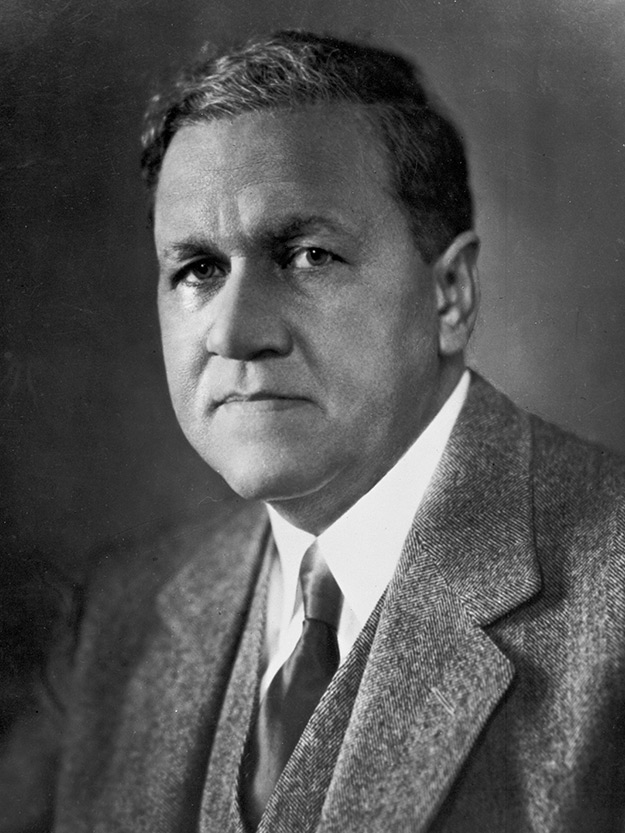
| Channing Tobias (photo courtesy of National Archives at College Park) |
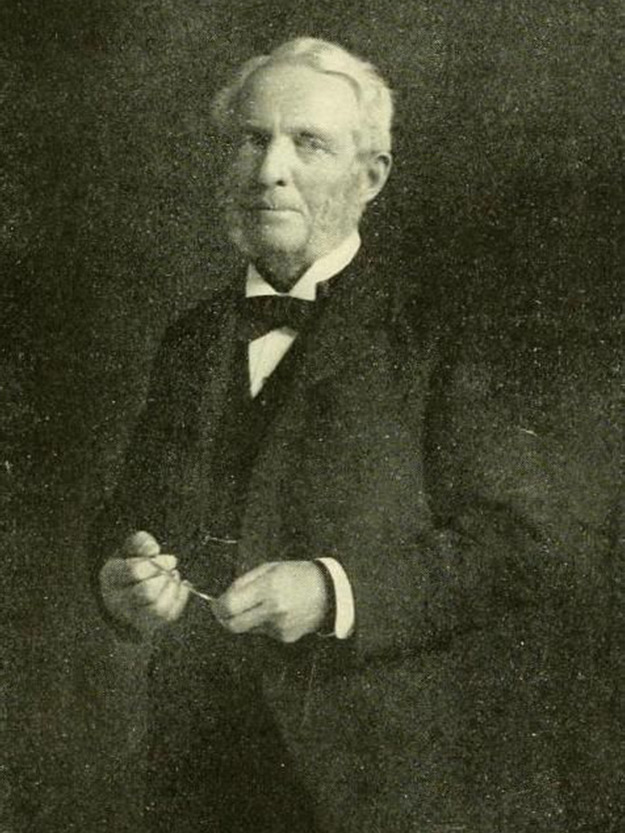
| Albert Harkness, ca. 1902 (photo courtesy of The Brown Alumni Monthly) |
At Brown, Gilbert studied with Albert Harkness, one of the foremost classical philologists of the day and a founding member of the American School’s Managing Committee. Harkness’ support and a fellowship from Brown made possible Gilbert’s journey to Greece in 1890–1891. The School had earlier welcomed two other African American scholars, Wiley Lane and William Sanders Scarborough, but Lane had died suddenly, and Scarborough could not find funding.
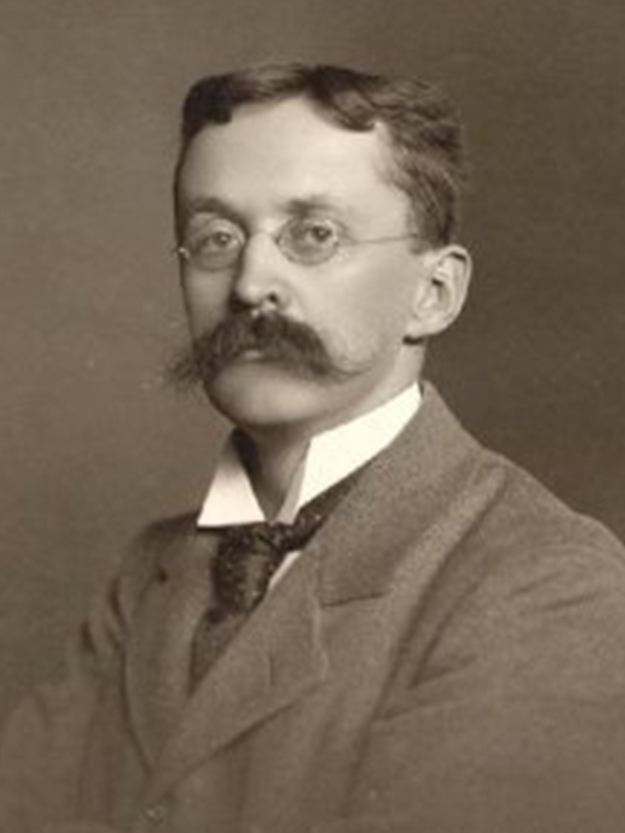
| John Pickard, ca. 1892 (photo courtesy of Portsmouth Athenaeum) |
As an American School student in 1890–1891, Gilbert was one of the first fifty Americans of any race or ethnicity to undertake professional archaeological work in Greece. He worked with fellow student John Pickard on a topographical and archaeological survey of ancient Eretria. Gilbert and Pickard were only the third American team to conduct such a survey in Greece. The precision of their work far exceeded that of the two earlier surveys. As former American School Mellon Professor Sylvian Fachard has noted, Pickard’s and Gilbert’s careful publication remains of great value today, for the two men studied and documented sections of ancient Eretria’s fortifications that have since been built over or destroyed.
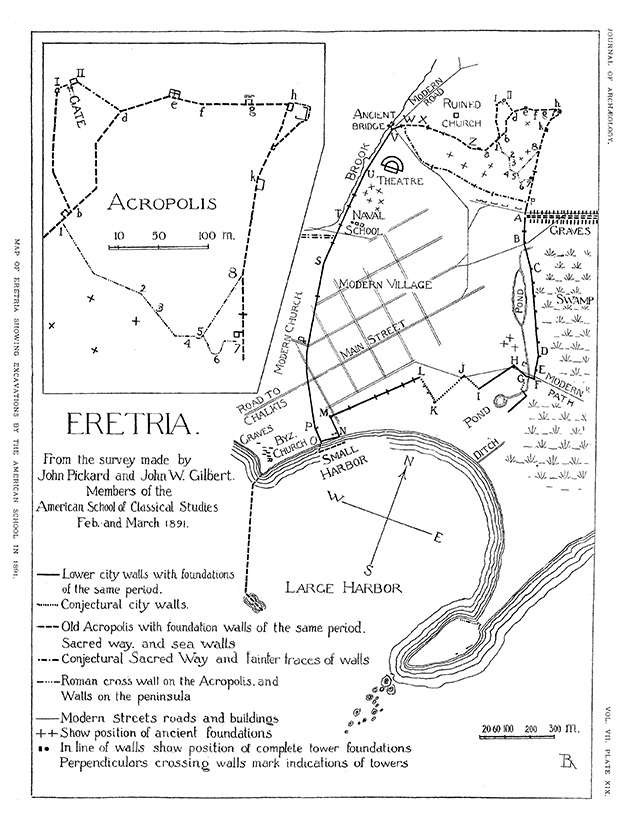
| Gilbert’s contributions to the excavation were documented in a topographical map of the area which was published in AJA Volume 7, Number 4 (1891)1 Plate xix and on which the name John W. Gilbert is prominently displayed (map courtesy of the American Journal of Archaeology) |
Gilbert’s thesis on the urban demes (neighborhoods or districts) of Athens represents the first written work by any American School scholar on the topic. The thesis won him an A.M. from Brown, making Gilbert one of the first African Americans in the United States to earn an advanced degree in classical studies. Unfortunately, no copy of the thesis has yet been found.
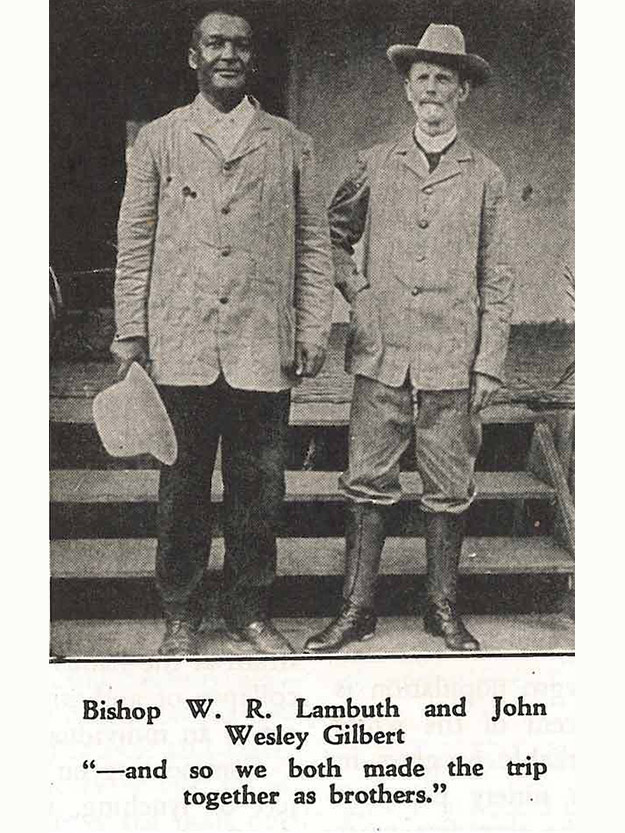
| John Wesley Gilbert with Walter Russell Lambuth on their mission to the Belgian Congo, ca. 1911 |
After his American School year, Gilbert returned to Augusta to teach at Paine. He gained a reputation as “the finest Greek scholar in the South,” studied at Gammon Theological Seminary in Atlanta, was ordained in the CME, and by the 1900s was nationally recognized as an African American community leader. Among Methodists worldwide, he remains most famous for his 1911–1912 mission to the Belgian Congo with MECS bishop Walter Russell Lambuth. Although his career took him in many different directions, until the end of his life Gilbert remembered his year in Athens as a formative experience.
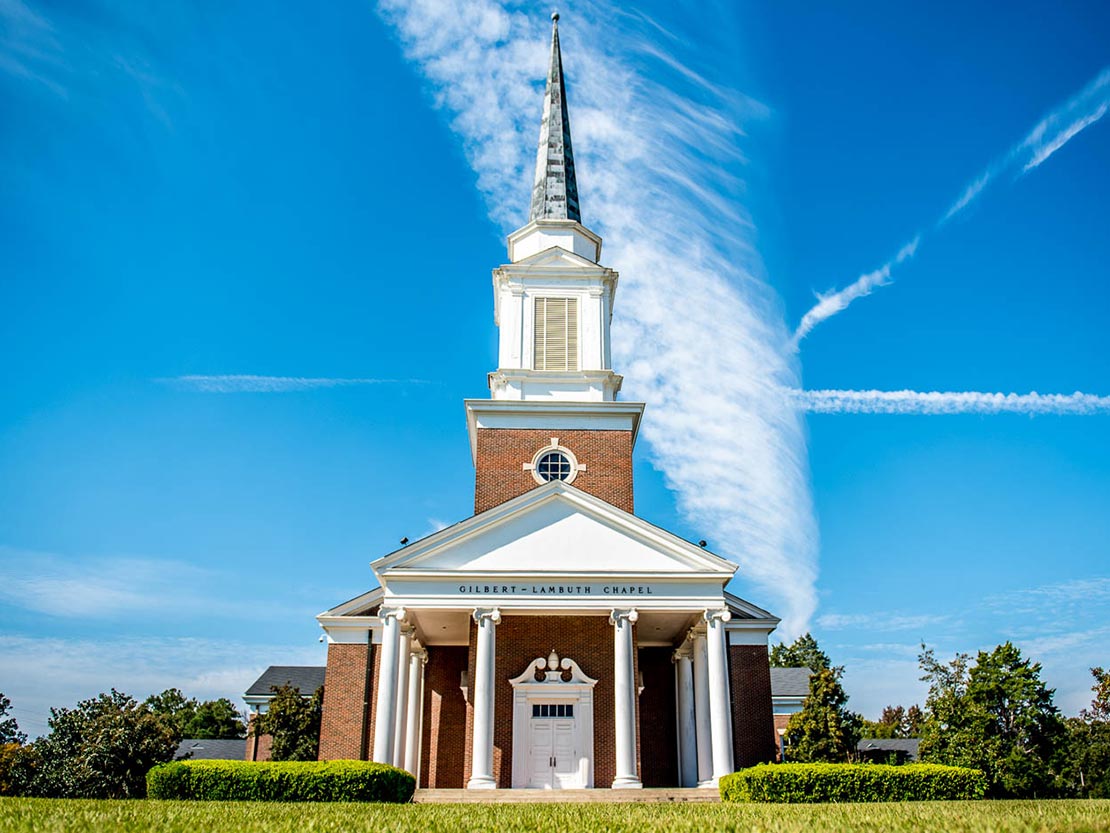
| In 1968, Paine College dedicated the Gilbert-Lambuth Memorial Chapel in honor of John Wesley Gilbert and Walter Russell Lambuth (photo courtesy of Eyedew Photography) |
John Wesley Gilbert remains today an inspiration for all who go to study at the American School, regardless of race, ethnicity, heritage, or background. It is only fitting that we recognize his achievements with a room named in his honor.
ADDITIONAL RESOURCES
To learn more about John Wesley Gilbert, please click the links below:
- "Up from Slavery: The Extraordinary Story of John Wesley Gilbert, First African American Student of the American School, 1890–91" (Professor John W. I. Lee’s March 2019 lecture at the American School’s Cotsen Hall)
- "John Wesley Gilbert ca. 1864–1923" (article by Professor Michele Valerie Ronnick featured in The Classical Outlook, Volume 78, Number 3 [Spring 2001], pp. 113–114)
- "School Pioneer is Profiled" (article by Professor Michele Valerie Ronnick featured in Akoue: Newsletter of the American School of Classical Studies at Athens, Number 47 [Winter 2002], p. 15)
- "An African American Pioneer in Greece: John Wesley Gilbert and the American School of Classical Studies at Athens, 1890–1891" (Professor John W. I. Lee’s article on “From the Archivist’s Notebook,” a blog by American School Archivist Natalia Vogeikoff-Brogan)
- Rutgers University Database of Classical Scholars: John Wesley Gilbert
ABOUT THE STUDENT CENTER CAMPAIGN
The Student Center Campaign was launched in October 2018 to raise funds for renovating and expanding the three aging buildings that serve as the intellectual and residential heart of the American School: Loring Hall, the Annex, and West House. This transformative project will increase housing capacity, reduce energy consumption, add state-of-the-art features and technology, and bring the buildings up to the latest technical standards—all while preserving the complex’s historical appearance. The Student Center will remain the place where members of the community gather for meals, tea, ouzo hour, holiday celebrations, and lectures—a source of lifelong professional and personal relationships that characterize the collegial and intellectually vibrant atmosphere of the School. This modernized setting will enhance that experience and will meet the needs of the School community well into the future.
SUPPORT THE CAMPAIGN
The goal of the Student Center campaign is $9.4 million, inclusive of a maintenance endowment. Thanks to generous supporters like our trustees, $7.7 million has been raised to date. The new Student Center is expected to open in June 2021.
To learn more about how you can support this historic initiative, please contact Nancy Savaides, Director of Stewardship and Engagement, at nsavaides@ascsa.org or 609-454-6810. Naming opportunities for a variety of spaces in the Student Center are still available. Donors can choose from a wide range of gift levels to name a room or area in honor of themselves, an American School scholar, or a family member, friend, or group. Please click the links below to view the nameable spaces and options that remain:
STUDENT CENTER CONSTRUCTION PHOTO GALLERY
Click this link to view more photographs of the work in progress.
1 Pickard, John. "Excavations by the School at Eretria in 1891. VI. A Topographical Study of Eretria." The American Journal of Archaeology and of the History of the Fine Arts 7, no. 4 (1891): 371-89.
